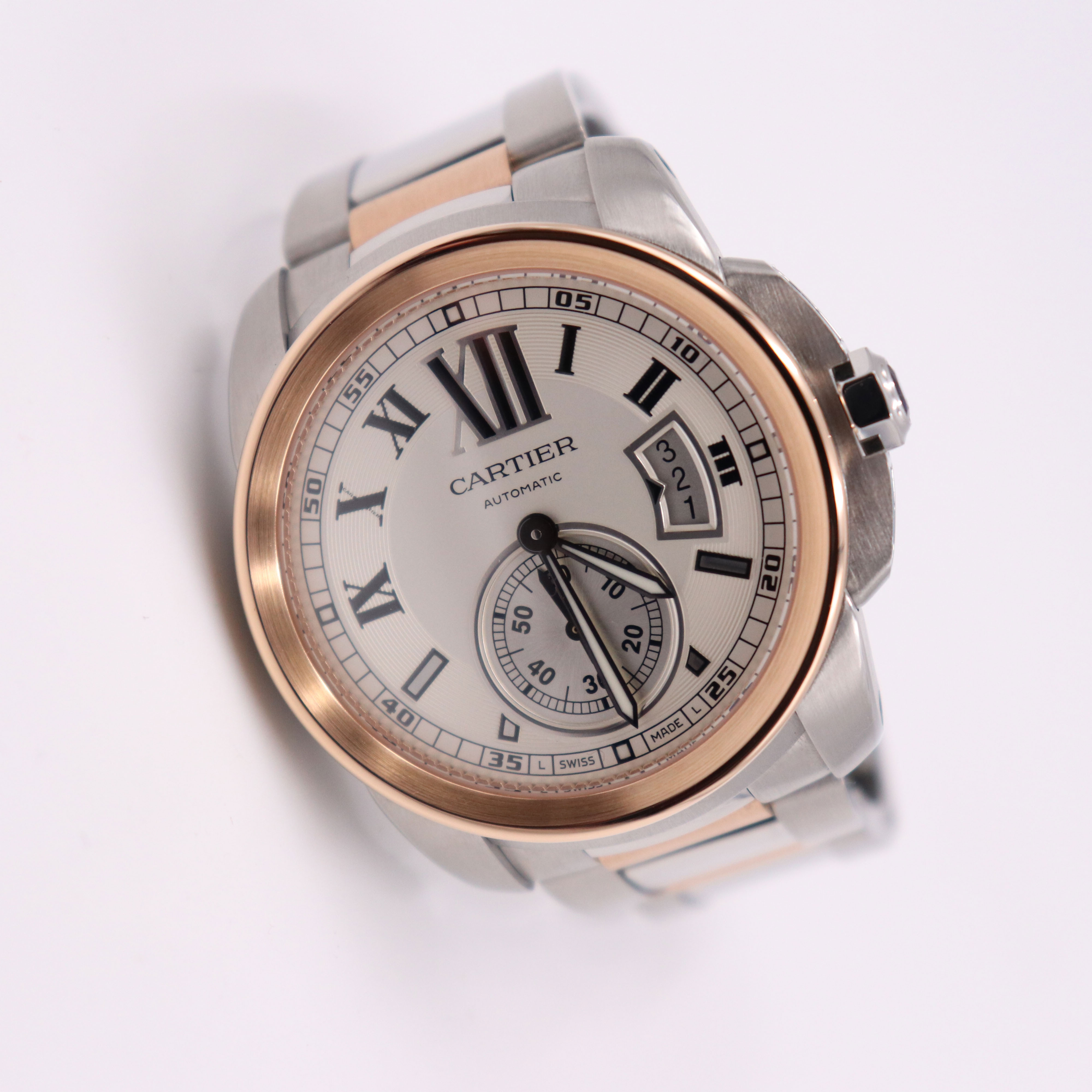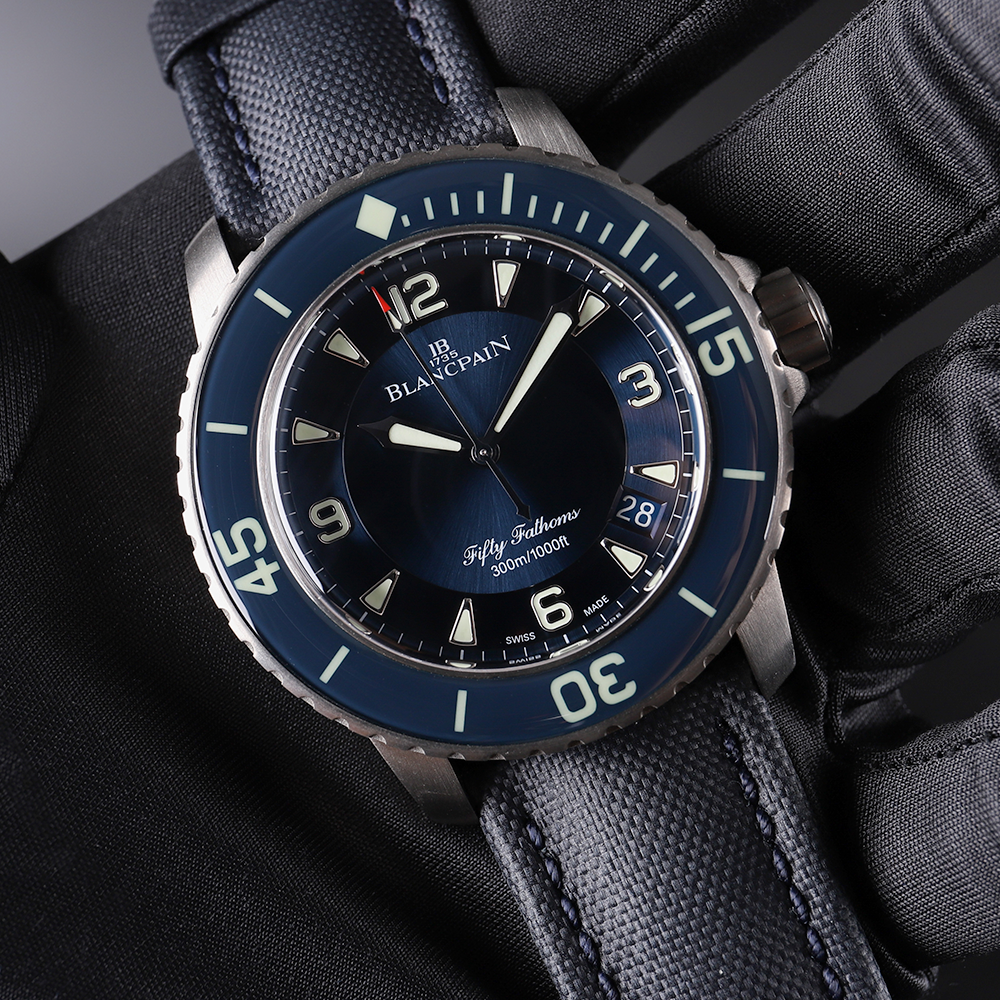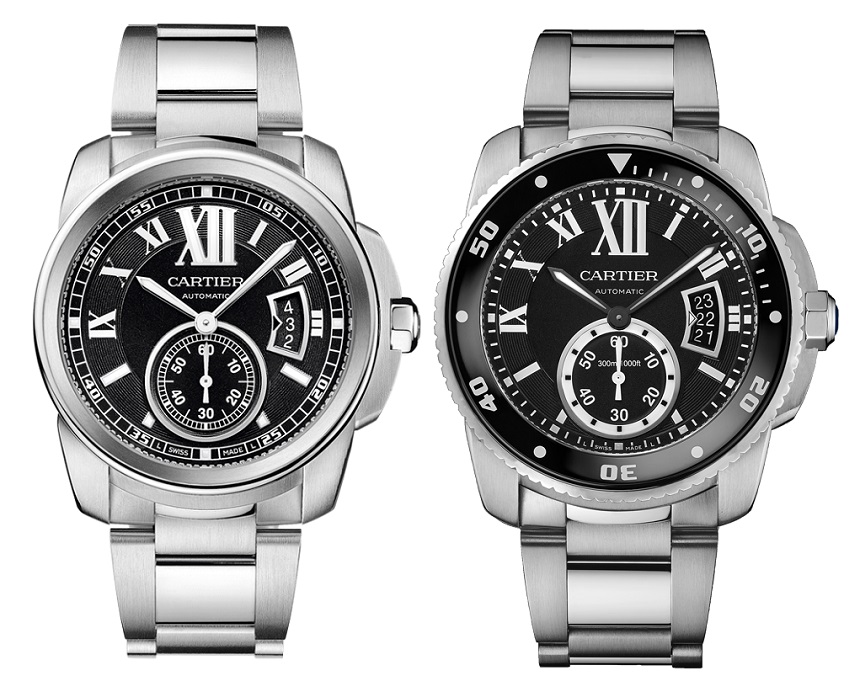

Next, the indices are triangular and sharp compared to the relatively curved Roman numerals. The bezel numerals are somewhat oversized and, given the purpose of this watch – diving tool first, luxury watch second – it makes sense. You first notice the legible Arabic numerals on the dial and bezel.īlancpain Fifty Fathoms Automatique Ref. There is a mixture of angular lines and curves, which helps to break up a large watch. Before looking closer, you will notice that, despite being a simple watch, it is quite complex to look at. It is clear to see that the same dive watch formula has been used here, although that is no surprise given this was the watch that created the whole category. Starting with the design, here the 5015 stays relatively close to the model released back in 1953.

The Automatique comes in a variety of case materials and dial options, but most of what I cover will apply to them all unless stated otherwise. Here, we will focus on the Fifty Fathoms Automatique 5015 – this is the purest version that most closely resembles the original from 1953. Now we know the importance of its past, what can we expect from the modern Fifty Fathoms? First of all, Fifty Fathoms does not represent one watch but rather a whole range within the Blancpain collection. The Modern Fifty Fathoms Automatique 5015 5015 12B30 98Bįast forward to today, bypassing the quartz crisis that led to the production of the Fifty Fathoms stopping, and the ownership changes that led to it being a part of the Swatch Group since 1997, the Fifty Fathoms is once again a staple in the Blancpain collection. The result is the basis of all dive watches as we know them today: good water resistance, legibility, luminescence, a non-magnetic case, and a unidirectional rotating bezel.īlancpain Fifty Fathoms Automatique Ref. It passed with flying colors and the Fifty Fathoms quickly became an essential piece of equipment for the Marine Nationale (French Navy). They had struggled to find a watch that satisfied their requirements and eventually reached out to Blancpain which provided the Fifty Fathoms for testing. It led him to pursue the creation of a watch that satisfied the needs of divers.Īround the same time, in 1952, the French Navy was assembling a team of elite combat divers that required a reliable timepiece. Jean-Jacques Fiechter was the CEO of Blancpain in 1950 and an avid amateur diver himself – this alone made him aware of the necessary features required by divers. Until Blancpain produced the Fifty Fathoms. This brought about an additional requirement from watches: timing how long a diver has been underwater in case decompression was necessary.ĭespite the progress made on water-resistant watches, none of those mentioned so far were practical for diving and there was still no set formula for what a dive watch should be like. This was the first self-contained underwater breathing apparatus (“SCUBA”), allowing people to easily remain underwater. At the same time, recreational diving was increasing in popularity due to the invention of the Aqua-Lung in 1942-1943. Omega launched the Seamaster in 1948 and increased the depth rating beyond what had been achieved before. In 1936, Panerai followed with the Radiomir, combining water resistance and a luminous dial allowing the Italian Navy to use them on missions. Rolex released the Oyster case in 1926 – the first waterproof and dust-proof watch case. Several brands were pushing the development in this area, namely Rolex, Panerai, and Omega.


Watches were required by the military, pilots and explorers for example, and alongside this, there was an increasing demand for water-resistant pieces. Throughout the 1900s, watches were tools and, as the wristwatch became more prevalent, they needed to be designed with specific purposes in mind. REF: 5015 12B30 B52B Brief Historyīlancpain, founded in 1735, is one of the oldest watch brands in the world and has continuously produced horological devices and watches for nearly 300 years.


 0 kommentar(er)
0 kommentar(er)
